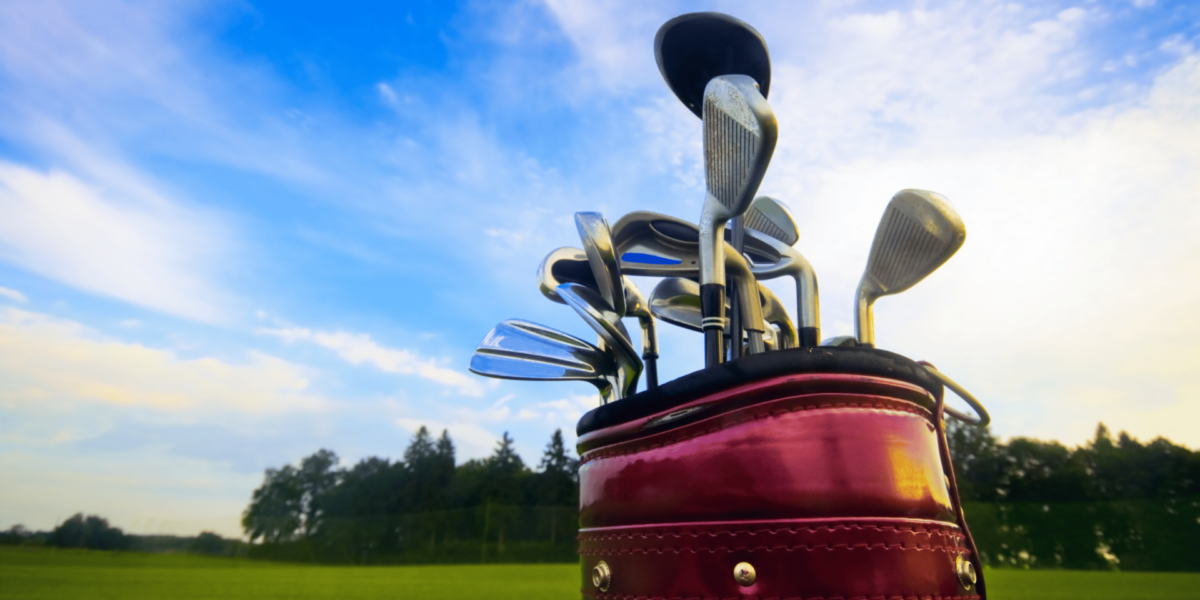A Setting That Captures Every Round
Beaufort Golf Club sits along the Wild Atlantic Way in County Kerry. Surrounded by mountains and near the coast, the course offers scenic views in every direction. Players walk past stone fences, old trees, and rolling hills that show the area’s natural charm. The setting does more than decorate the experience—it shapes how each round feels.
Course Design That Grows on You
Beaufort’s layout reveals new challenges each time you play. The fairways are narrow in spots, the greens firm and sloped, and the wind direction can change quickly. No two days offer the same test. This variety keeps the course from becoming routine. Golfers return because the design continues to teach them something new with every visit.
Local Weather Adds a Strategic Layer
The coastal climate along the Wild Atlantic Way adds complexity to every swing. Morning fog, afternoon sun, and shifting winds can all appear in one round. These changes require constant adjustments in club selection and aim. Golfers who play Beaufort regularly develop a strong sense of awareness and flexibility. These skills carry into other courses as well, making every return to Beaufort feel like a chance to sharpen technique.
The Community Connection
Beaufort Golf Club maintains a strong link with the local community. Many of the course’s features were built with help from nearby residents. Staff and members treat guests with care, offering direction or tips when needed. Players often return because they feel recognized and welcomed. That sense of familiarity adds value to each visit.
A Round That Moves With Purpose
Pace of play at Beaufort stays consistent without feeling rushed. Tee times are spaced to reduce crowding, and the course layout allows natural movement between holes. Players can focus without distractions. Whether finishing in under four hours or taking extra time for strategy, the flow supports both concentration and enjoyment.
Natural Beauty That Changes Through the Seasons
Each season adds a new dimension to the course. In spring, bright greens return to the fairways. Summer brings firm ground and longer daylight. Fall adds color to the trees and crisp air to early tee times. Winter offers quiet rounds with softer conditions. These shifts in setting and play create a yearly rhythm that keeps golfers engaged.
Practice Facilities That Reinforce Fundamentals
The club includes areas for warming up, refining swings, and focusing on short game. The putting green and range mirror course conditions. Regulars use these spaces to test shots before heading out. This makes each round feel more intentional, especially when playing in different weather or during tournament events.
Events That Keep the Spirit Alive
Throughout the year, Beaufort hosts events that bring players together. Club competitions, charity days, and team matches fill the calendar. These occasions add layers of purpose beyond individual rounds. Golfers return for more than personal improvement; they come to be part of something that extends beyond the scorecard.
Accessibility Without Sacrificing Challenge
The course offers a challenge that suits all skill levels. Tee boxes offer varied yardage, and the fairways reward both precision and smart decision-making. Golfers appreciate the balance between playability and difficulty. Returning players often focus on mastering specific sections or improving decision-making based on earlier rounds.
An Experience That Leaves an Impression
What brings golfers back to Beaufort is not just a single feature, but the full experience. It combines scenery, design, community, and conditions in a way that stays with players after they leave. Each return offers something familiar, yet fresh enough to stay interesting. That lasting impression is why Beaufort continues to earn its reputation along the Wild Atlantic Way.




